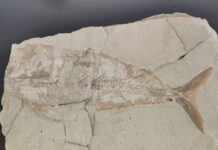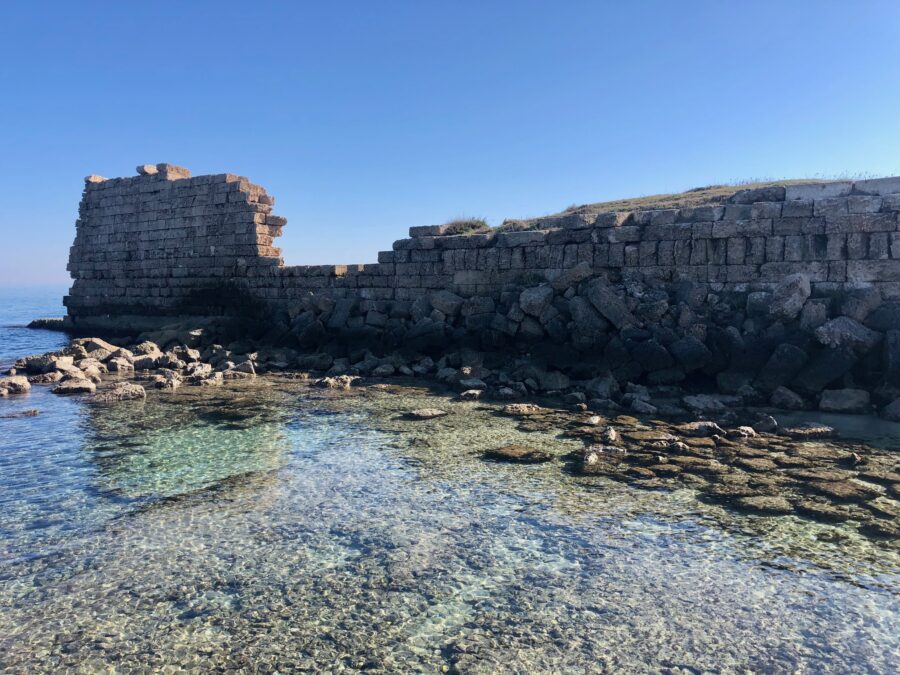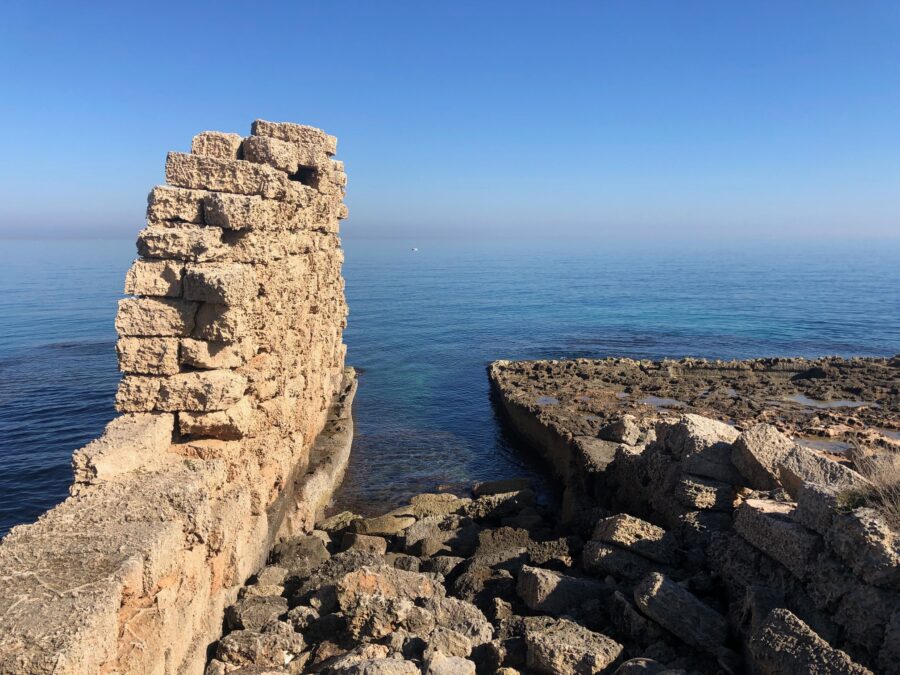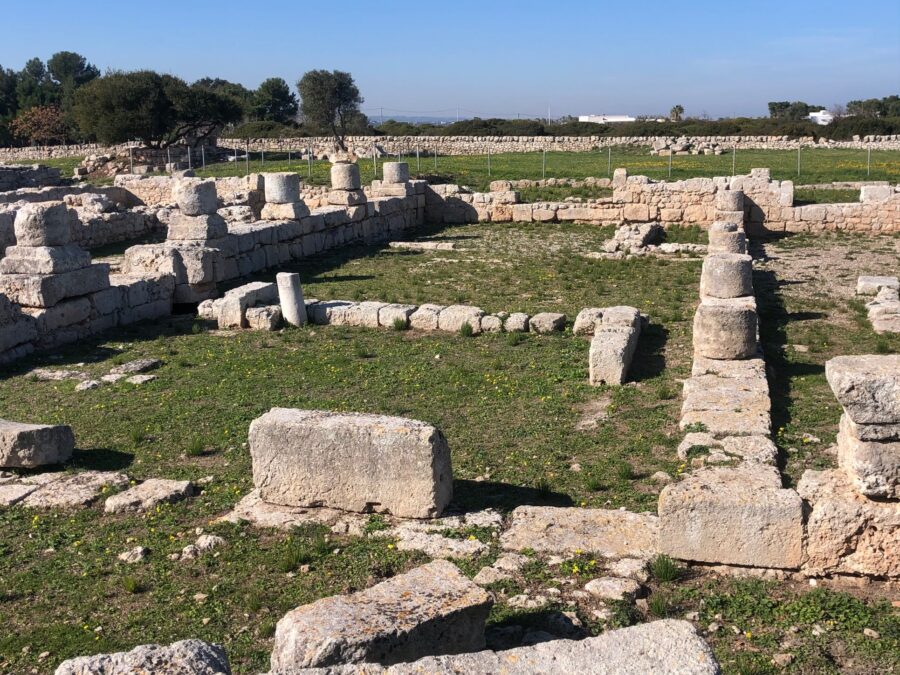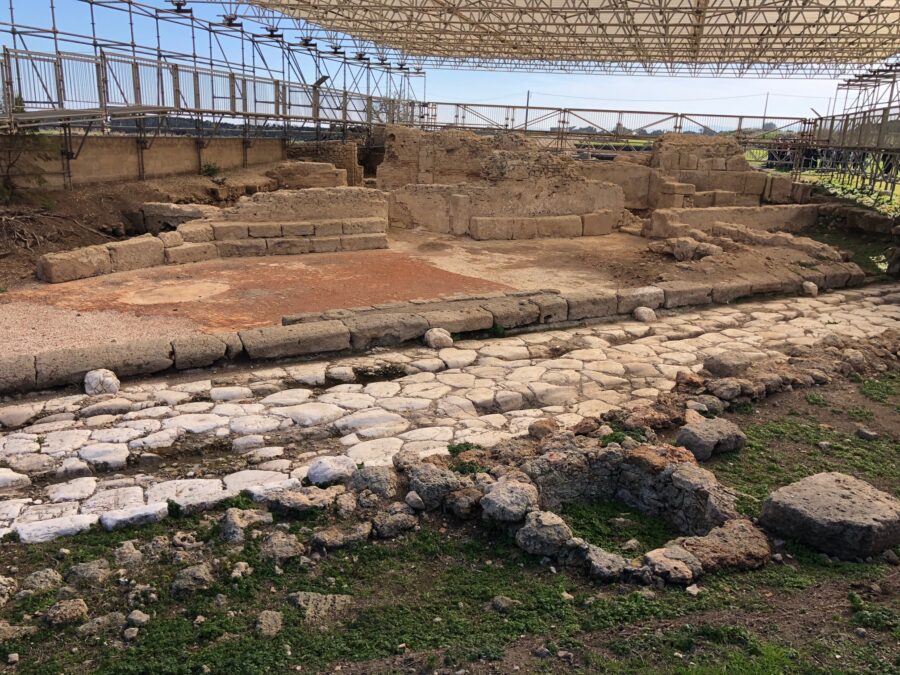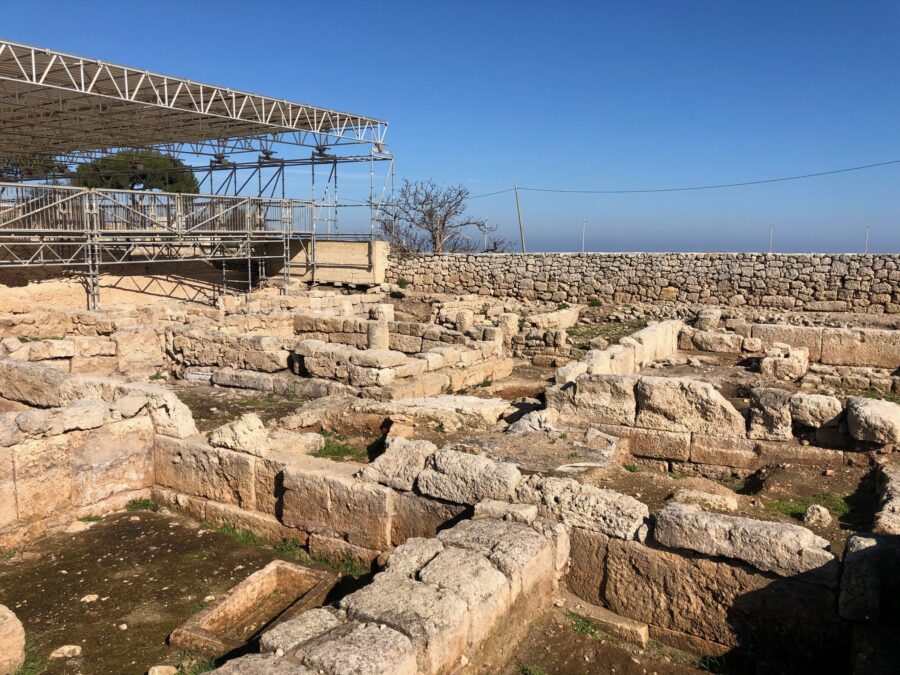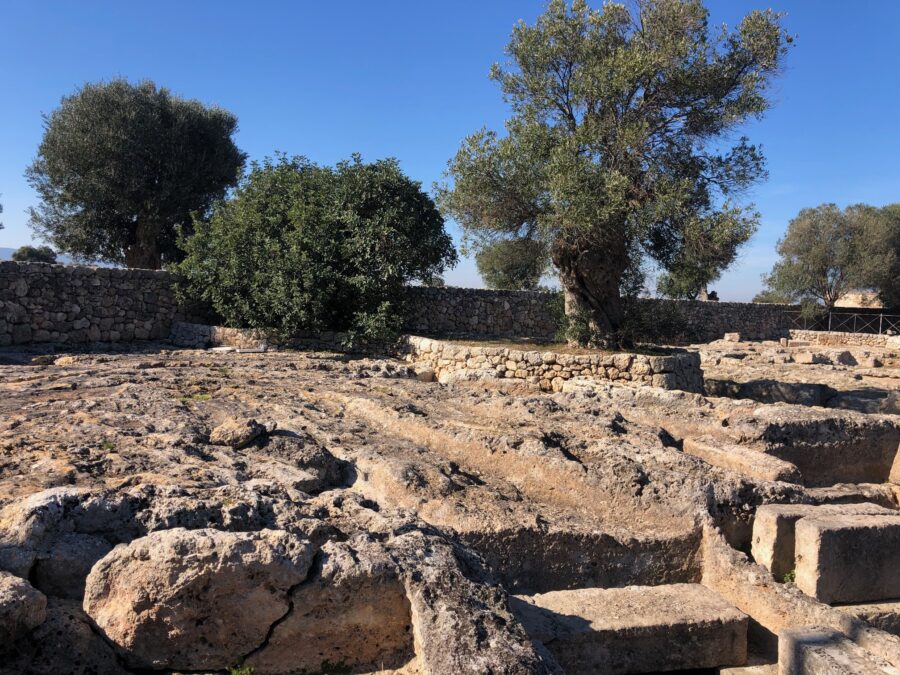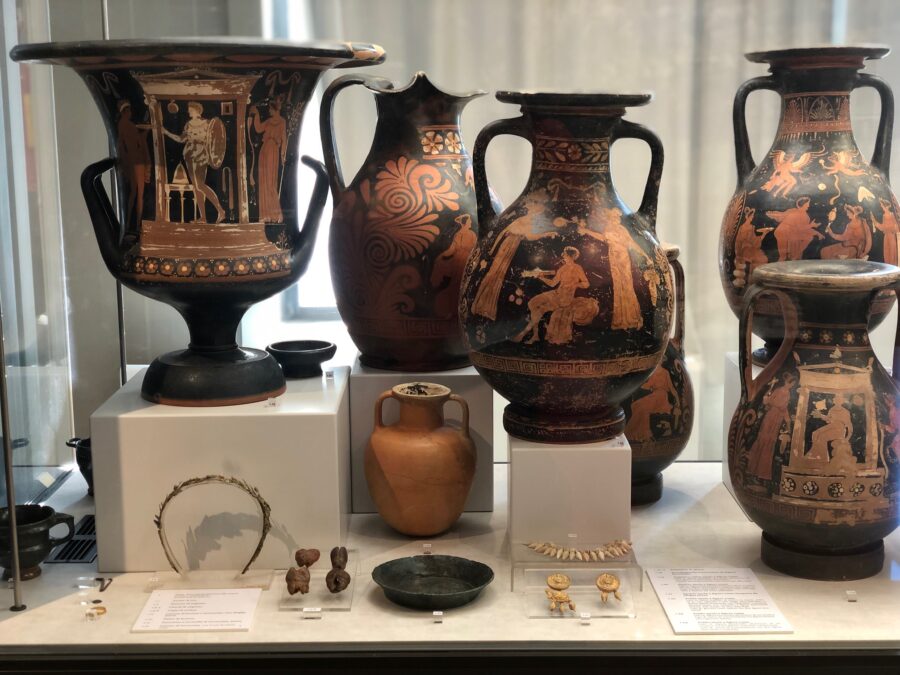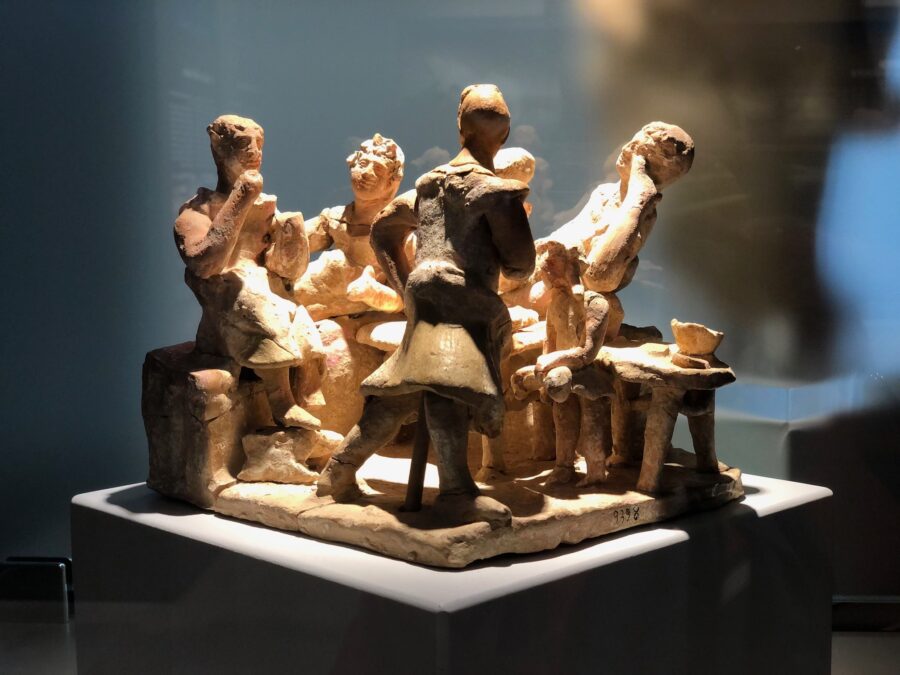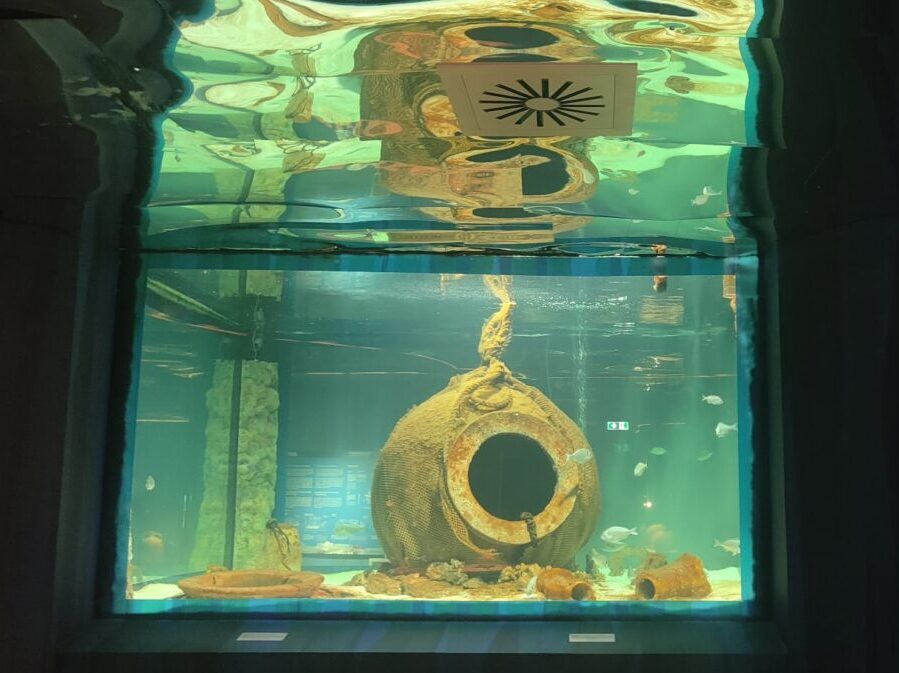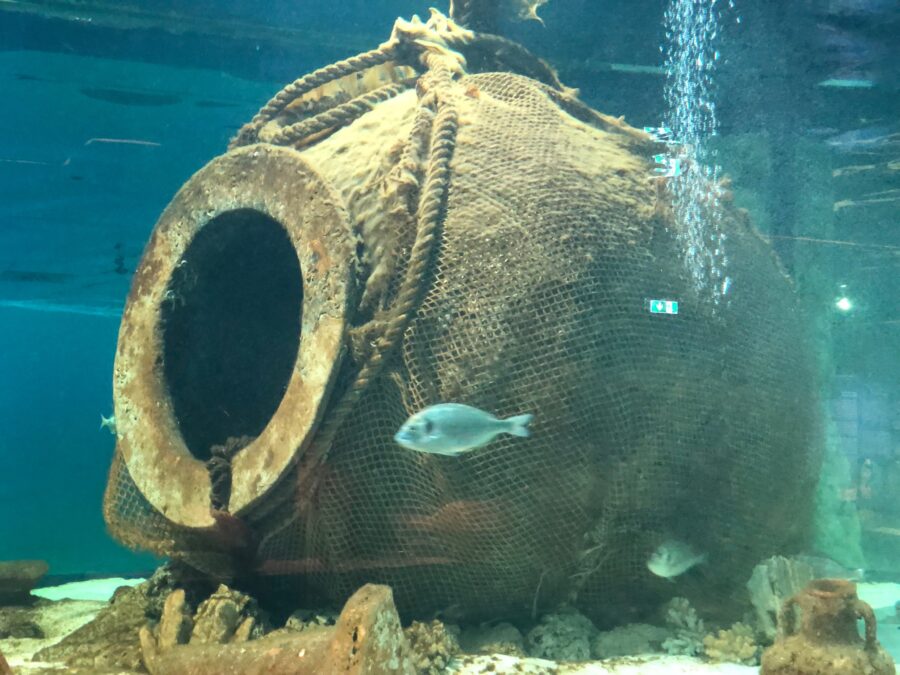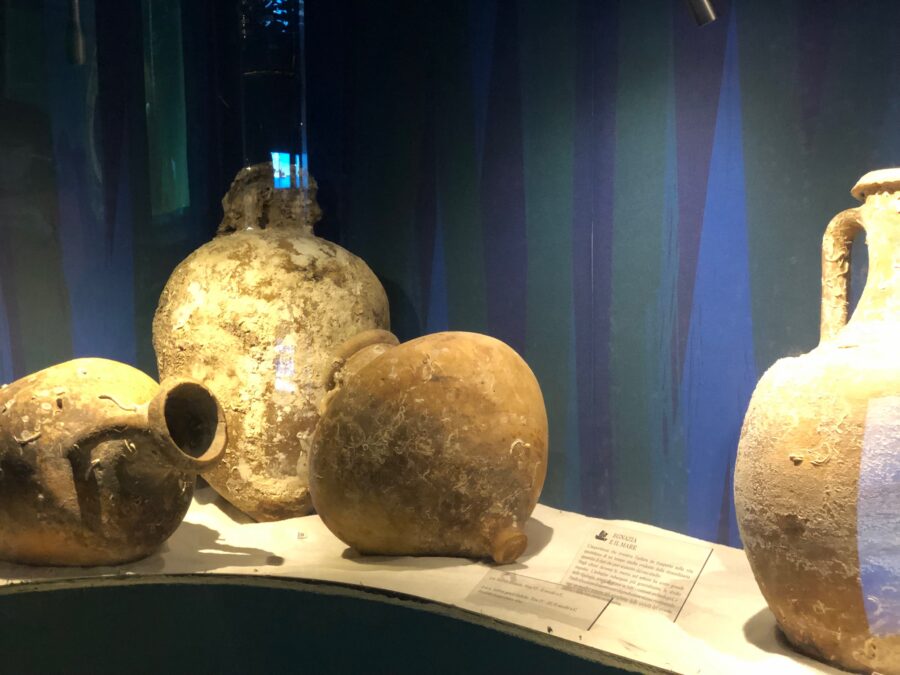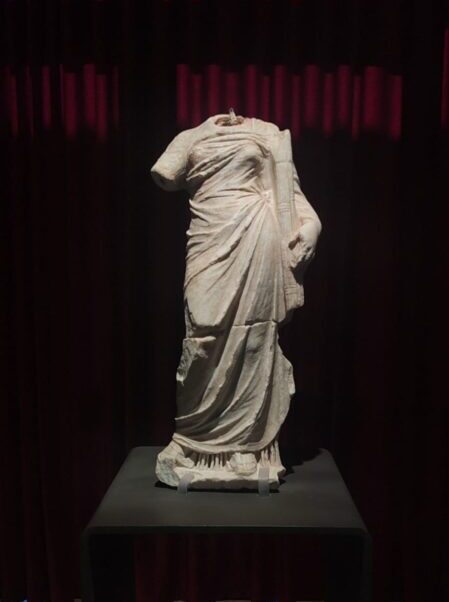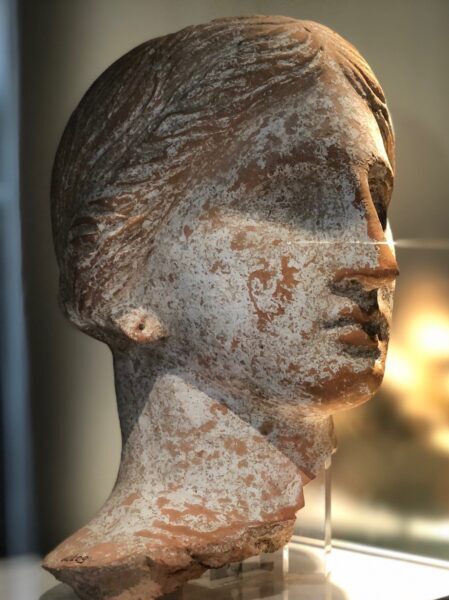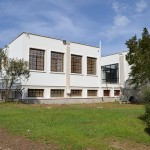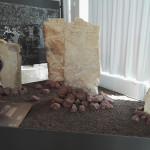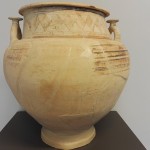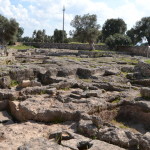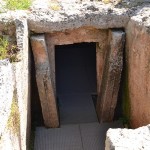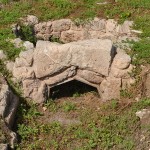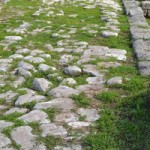One of the first travelers who described in his literary works the lands of between Bari and Brindisi was the poet Horace Flacco who in 37 BC is undertaken on the Apulian ground his journey along with Maecenas in an attempt to make peace between Octavian and Antony. And retracing the path followed then by the Roman poet you can reach Egnatia, overlooking the Adriatic Sea in Fasano countryside and as Horace wrote was “built against the will of the nymphs”.
The new section dedicated to the sea
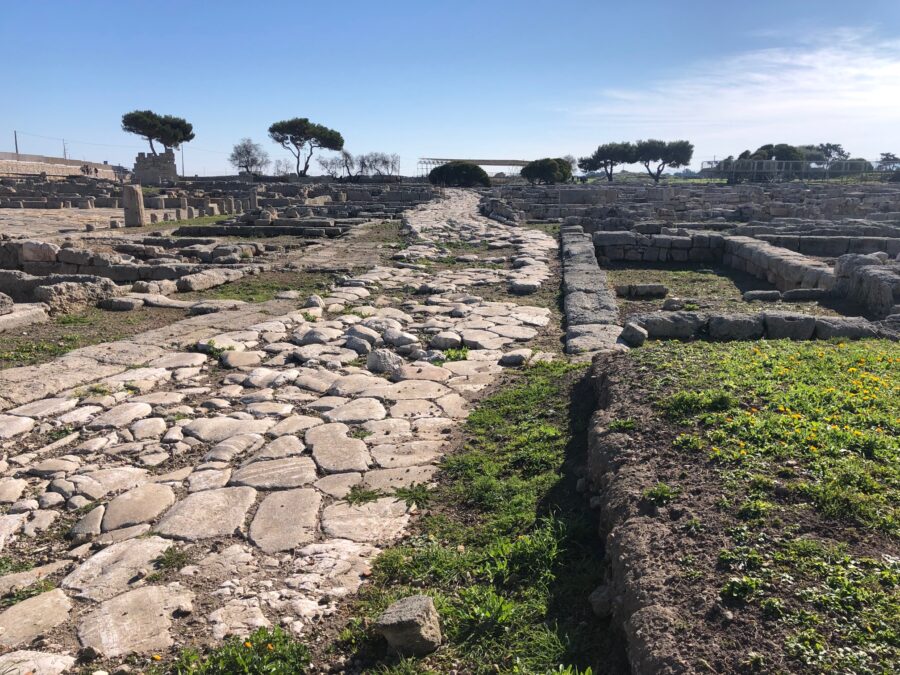
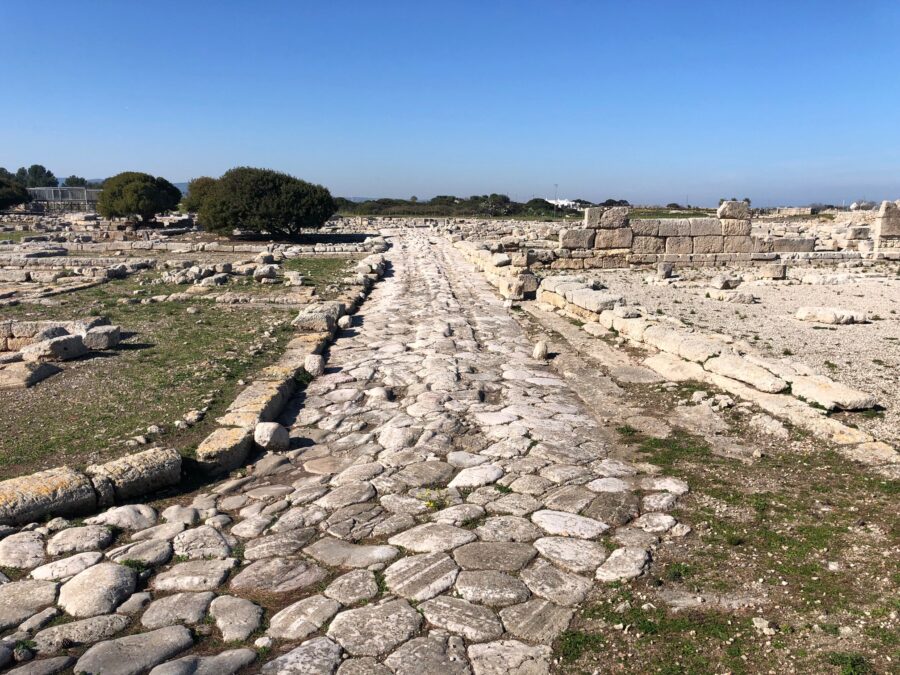
What remains of this important center, a witness of the Messapian civilization, is still impressive today: the excavations of the town, its walls, the acropolis, the port and the necropolis are imposing presence, reminiscent of the nobility of the past.
Of ancient foundation messapica, Egnatia was born in the fifth century BC in the border area between Messapia and Peucezia, the current provinces of Bari and Brindisi and was later conquered by the Romans. It was a very important commercial center lying on the route of the Via Traiana, one of the busiest roads that connected Rome to the East.
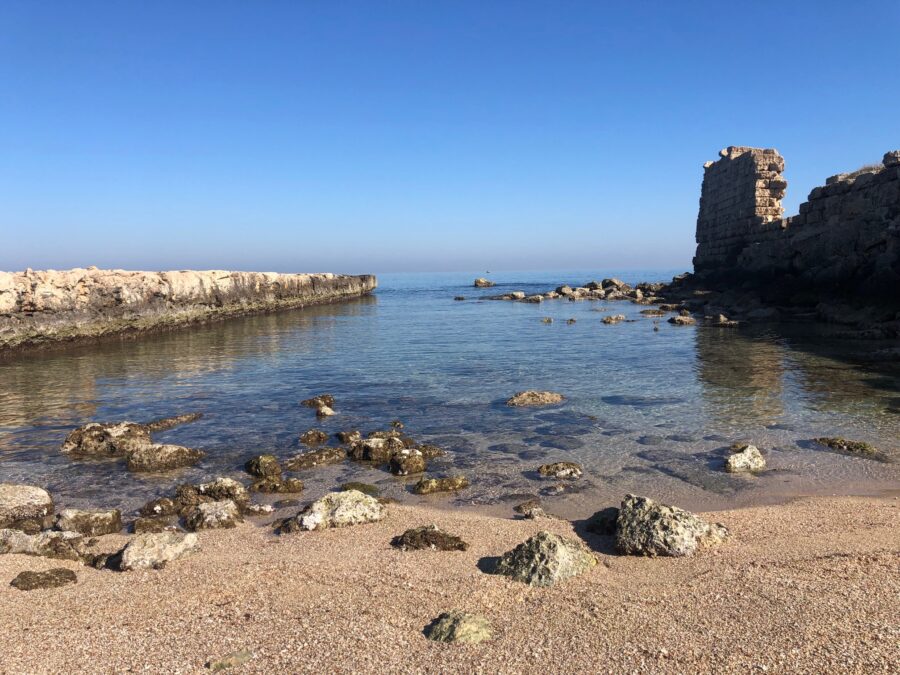
Inside the imposing seven meter high walls that once surrounded the town and of which today only a bulwark remains between rocks and sea, you come across the remains of what was one of the grandest ports of the ancient world.
Across the road you can visit the remains of the grandiose city, from the civic basilica, where justice was administered and business was discussed, to the temple of Cybele and the goddess Syria, the amphitheater, the porticoed market square and the baths. More decentralized craft shops, villas and furnaces in which was baked the pottery for which it was famous: the great “Gnathia vessels”, decorated with plant motifs and scenes of everyday life on black, now preserved in the major archaeological museums of the world.
There are also many finds discovered in the excavations and preserved in the local National Archaeological Museum, beneath which a section dedicated to the sea of Egnazia was created with a very suggestive setup that revolves around an aquarium of 30,000 liters of salt water.
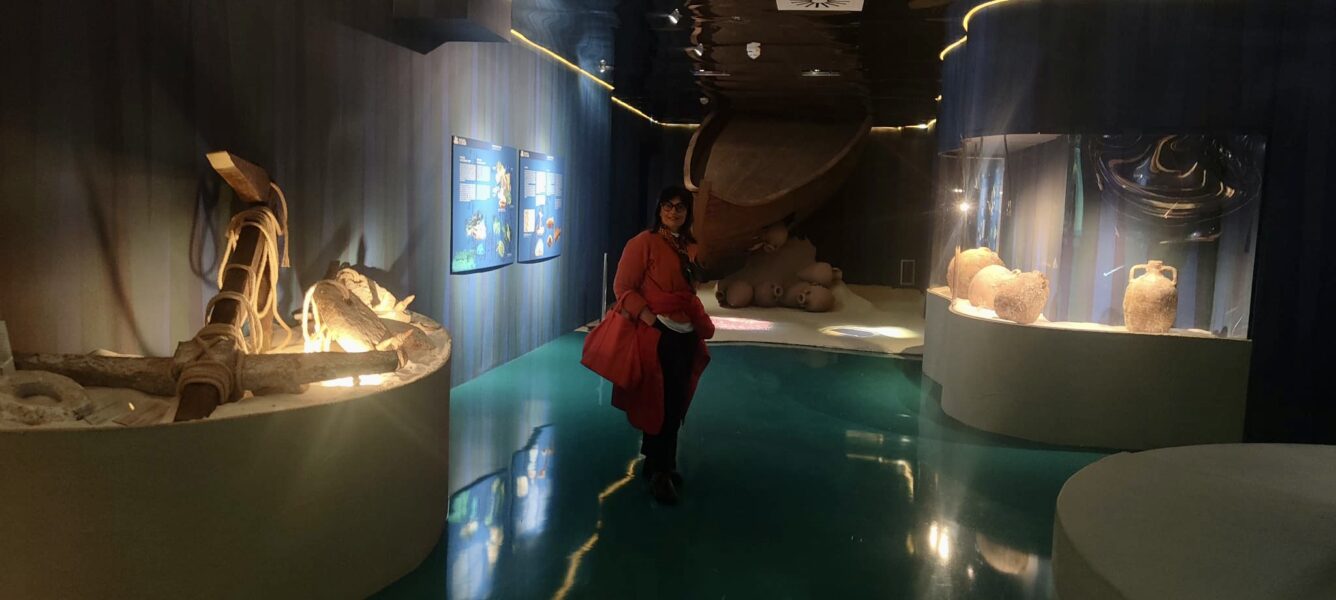
This city disappeared in a mysterious way in the sixth century A.D. but it still represents one of the most interesting Italian archaeological sites, so to be called the Pompeii of Puglia. On over 40,000 square meters extending a dead city. But when and why it died no one knows. It knows that its ultimate destruction, which started already with the Roman conquest, is due to the Goths by Totila and occurred in 545, but not so the man could destroy it as nature.
Indeed, what that slowly got the better of this thriving city of the past was the bradisismo. Because of this phenomenon, the sea was raised by more than four and a half meters, and so the city was completely submerged by water. For some time, the same phenomenon had disappeared under water port, which for Egnatia represented almost only reason for living. And towards the sea, still partly submerged, the tombs carved into the rock by the Messapi, the ancient people that colonized the Salento.
Earlier Egnatia was only a village of huts and its origin totaled twelve thirteen centuries before Christ. Became an increasingly important center of trade, grew rich and became very powerful, thanks to its spice trade, carpets, jewelry, but also wheat, considered the best of the Roman world. But at the same time Egnatia was a veritable stronghold of the Messapian civilization against Hellenism ruling of Ancient Greece. But this lasted until the power of Rome get here too, after the War of 280 BC against Pyrrhus of Epirus and his elephants.

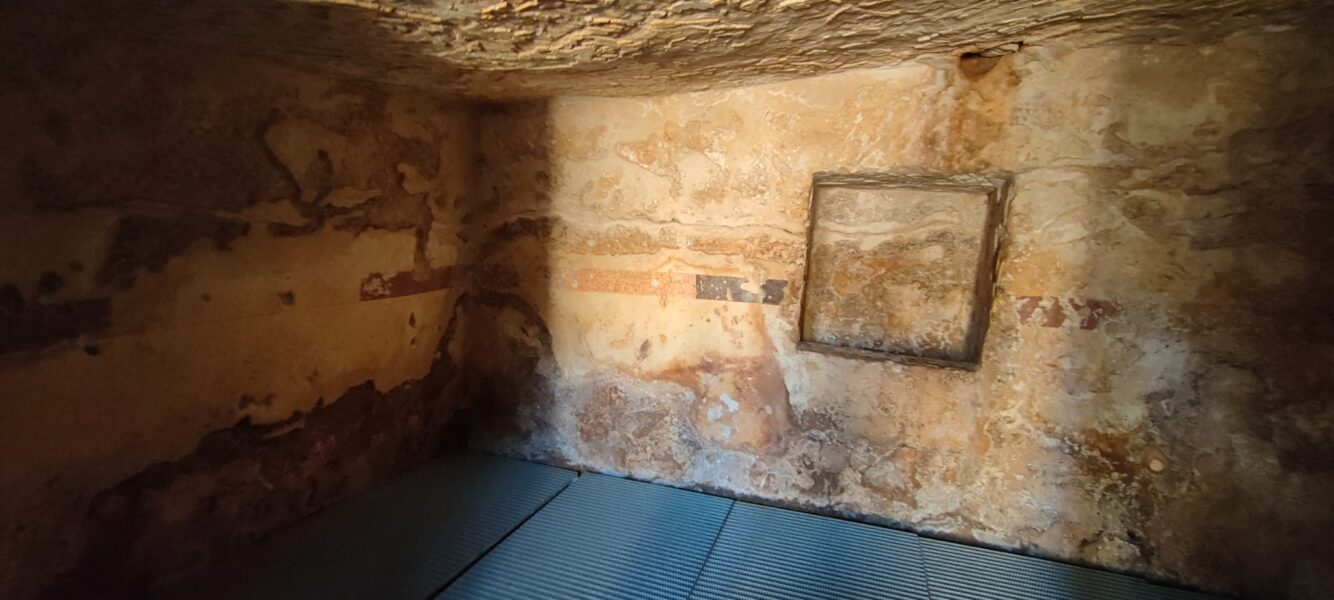
Here history crossovers the legend. The city was equipped with massive walls, of which even today remains in ruins track lapping on the beach, but have never been found in the excavations traces of weapons. Perhaps it was for this reason that it was occupied and reoccupied, its population decimated and reduced to slavery. But Rome including right now because of its strategic importance and formed, after completely destroyed as a civilization, in the town hall. But, came to power the emperor Vespasian, Egnatia was reduced to the colony. Then came the barbarians, and with them other dead and ruins. As long as the sea, like the lava of Vesuvius in Pompeii, did not begin to submerge preserving its treasures forever.
Museo e Parco Archeologico di Egnazia
Via delle Carceri 87, Savelletri di Fasano (Br)
Tel. +39 080 4829056 – museoarch.egnazia@beniculturali.it



